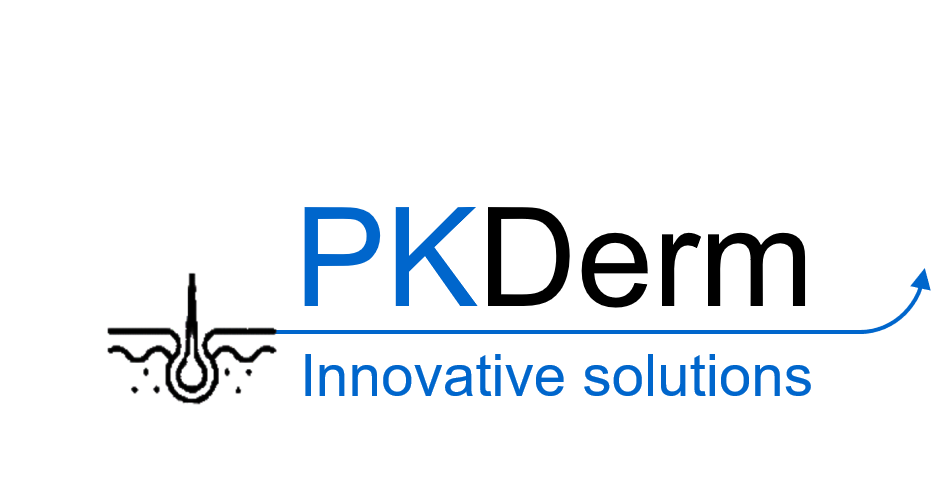In sillico combined approaches for toxicity evaluation of mycotoxins: a preliminary study with the enniatin cluster
Fungi can produce numerous compounds that are not fully characterized. Among these compounds, the mycotoxins contain more than 600 molecules and metabolites, which can be found in food and feed and are involved in 50,000 hospitalizations per year in the EU. Climate change may favor fungi development and consequently, mycotoxins are considered as a new emerging risk for animals and humans.
Due to their great structural diversity, the mycotoxins can be hardly separated into several groups. Even if hazard evaluation has been characterized for a few major toxins, it will be too costly and time consuming to experimentally get such information for all of them. Therefore, the European project Agritox aims to develop a database that will provide preliminary data on mycotoxin toxicity thanks to in silico approaches. The outcome will enable to prioritize the molecules with public health concern requiring further investigation.
For this purpose, a preliminary study for comparing in silico responses was done on a selected cluster identified by hierarchical clustering and containing enniatins. Toxin hazards were evaluated through three endpoints: i) mutagenicity and carcinogenicity (using four different QSAR and read across methods), ii) nuclear receptor binding (using binding and crystallographic approaches) and iii) Adverse Outcome Pathways (based on text mining).
In conclusion, this preliminary comparison using in silico methods on selected mycotoxins will highlight the most efficient method for risk assessment.


